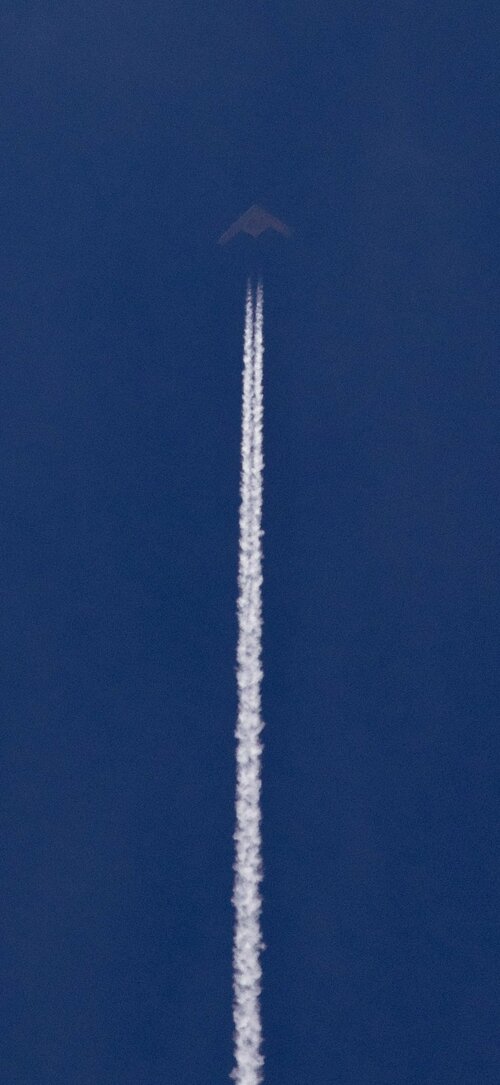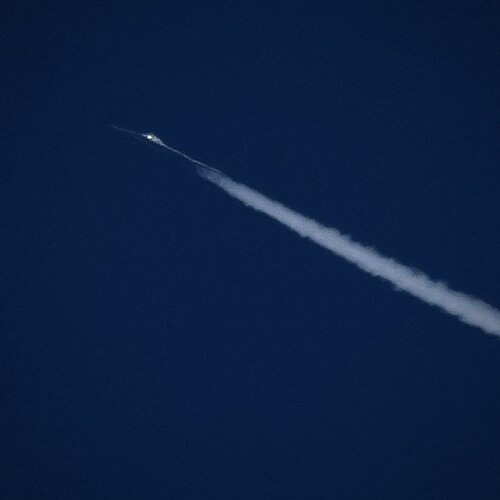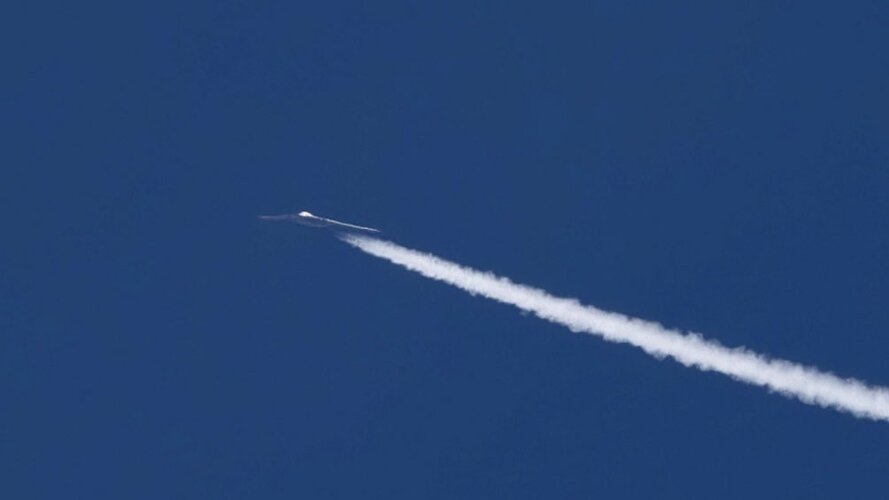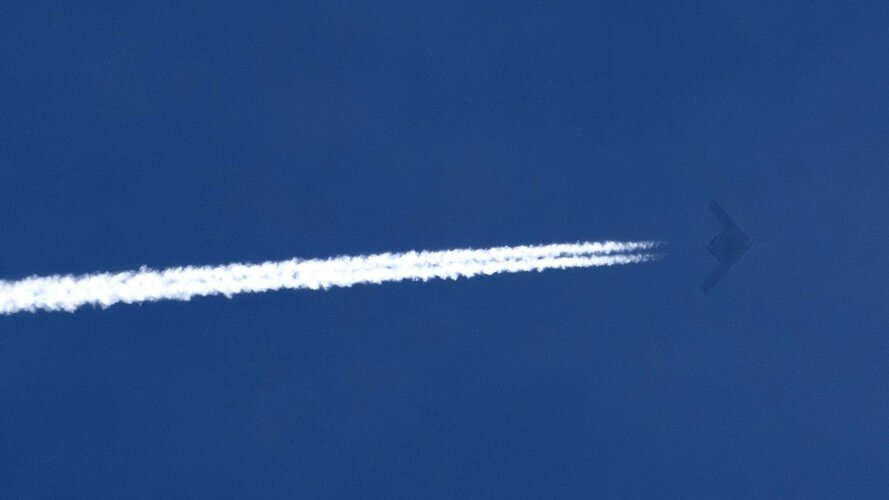My take is people think the B-21 is going to go all B-1R and lob tens of AIM-120s downrange. I think the more likely scenario is the B-21 will have a self defensive capability, probably four or six AIM-120 on the bomb bay doors similar to F-35. Perhaps they could load a rotary launcher with a host of AIM-174/AIM-120/AIM-260 but likely defeats the object of the aircraft.
Consider how the B-21 will target the AIM-174. Using its own radar would leave it open to interception. Even though the AIM-174 is a high speed missile to exploit it's range the host aircraft will need to provide mid course guidance. If the host aircraft isn't providing that guidance it will have to come from another platform, be it CCA or other off board. It sounds good in theory but when you consider the practicalities of it there are some holes when looking at a VLO platform designed to stand in and stay invisible.So might it be possible that we don't see this transfer over to the air force? This is more what I'm curious about - it's a fantastic capability that the Navy has just realized, but is there even a possibility of the air force also receiving the weapon as well?








